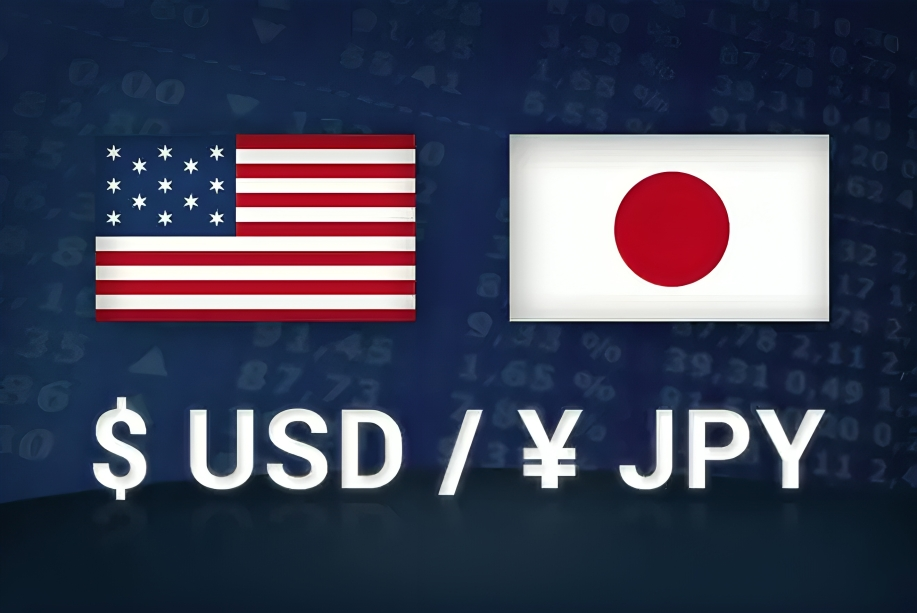Trump Victory Fuels US Dollar Rally: Implications for FX Markets
The 2024 U.S. presidential election results have created a notable shift in the foreign exchange (FX) markets, with the U.S. Dollar (USD) surging across major global currencies. Donald Trump’s return to the presidency has sparked what analysts are calling a “Trump trade,” leading to a period of prolonged USD strength. ING’s FX analyst Francesco Pesole attributes this trend to market expectations of an economic boost under Trump’s proposed policies, which are likely to prioritize domestic growth, inflation management, and fiscal stimulus. Here’s an in-depth look at how Trump’s victory is affecting the U.S. Dollar and what it means for FX markets moving forward.
Immediate Reaction: USD Surge Across Major Currencies
1. Widespread Dollar Strength
In the immediate aftermath of the election, the USD experienced a broad-based rally, with losses across the G10 currencies ranging from 1.0% to 1.7%. This robust performance indicates investor optimism in the U.S. economy under Trump’s leadership. Only the Canadian Dollar (CAD) showed resilience, dropping less than 1% due to positive expectations for Canadian exports in a strengthened U.S. economy. CAD also faces less exposure to tariffs, especially those targeting China, which could create more stability under Trump’s trade policies.
2. Market Optimism on Economic Growth
The renewed Trump presidency has bolstered investor confidence in the U.S. economy, with markets expecting a Republican-led government to implement pro-growth economic policies. This “Republican clean sweep” is widely seen as favorable for business, creating a positive outlook for economic expansion in the U.S. As a result, demand for the USD is rising, with investors moving away from other safe-haven currencies.
Treasury Yield Curve Reactions
1. Bear Steepening on Inflation Expectations
Following Trump’s win, the U.S. Treasury yield curve saw a pronounced bear steepening, characterized by an increase in long-term yields relative to short-term ones. This trend indicates a strong market expectation of inflationary policies under Trump’s administration. With fiscal stimulus programs anticipated, including potential tax cuts and infrastructure spending, inflation is projected to rise, pushing yields higher as the market adjusts to this outlook.
2. Shift in Short-Term USD Swap Rates
Trump’s victory has also impacted short-term USD swap rates, reflecting a hawkish shift in market expectations for the Federal Reserve (Fed). Short-term interest rates are seeing a repricing, which suggests that investors believe the Fed will respond to Trump’s policies by tightening monetary policy to combat inflation. This hawkish sentiment underscores the market’s belief that a Trump presidency will lead to inflationary pressures through a combination of fiscal expansion and trade policy adjustments.

Policy Rate Outlook: Expected Changes by the Federal Reserve
1. Anticipated FOMC Rate Cut
Despite the inflationary outlook, the Federal Open Market Committee (FOMC) is expected to deliver a 25-basis-point rate cut, bringing the rate to 4.75%. This adjustment aligns with market expectations, as policymakers aim to provide immediate stability in light of recent financial shifts. The cut, however, may be short-lived if inflationary pressures persist, with markets expecting further tightening in the near term.
2. Hawkish Repricing of 2025 OIS Curve
The Overnight Index Swap (OIS) curve has experienced notable repricing across 2025 tenors, with an increase of over 10 basis points. Markets are now pricing in a policy rate close to 4.0% by June 2025, almost 100 basis points higher than previous forecasts from mid-September. This repricing suggests that the Fed will adopt a more hawkish approach if inflation continues to rise, as expected under Trump’s policies. The shift underscores market anticipation of tighter monetary conditions over the long term.
Key Economic Policies Impacting the USD
1. Fiscal and Migration Policies
Trump’s fiscal policies are expected to stimulate domestic economic growth through a combination of tax cuts and infrastructure spending. By reducing taxes for individuals and businesses, Trump’s administration aims to spur investment and consumer spending. His stance on immigration reform also supports the idea of managing domestic labor markets, which could have inflationary implications if supply constraints arise.
2. Tariffs and Trade Policies
One of the hallmarks of Trump’s first term was his approach to trade, particularly tariffs on imports from China. With his return, markets anticipate a continuation of protectionist measures, likely focused on balancing trade and protecting American industries. Tariffs are generally inflationary as they can increase domestic production costs, leading to higher prices for consumers. This dynamic further reinforces expectations of inflationary pressures and could influence the Fed’s policy stance.
Broader Implications for FX Markets and G10 Currencies
1. USD Outperformance Across G10 Currencies
The USD’s strength is currently affecting all G10 currencies, from the Euro (EUR) to the Japanese Yen (JPY), with most seeing daily losses around 1.0-1.7%. The resilience of the Canadian Dollar is notable, as Canada stands to benefit from stronger economic performance in the U.S., its largest trading partner. Canadian exporters may experience a boost as the U.S. economy grows, and the CAD is likely to remain somewhat insulated from Trump’s trade policies targeting China.
2. Implications for Emerging Market Currencies
Emerging markets are also likely to feel the effects of a stronger dollar, as Trump’s policies may increase demand for USD-denominated assets. For economies reliant on dollar-denominated debt, a stronger USD can increase the burden of debt repayment. Additionally, countries that rely on exports to the U.S. may face challenges if tariffs are imposed or trade relations shift, leading to potential currency depreciation in emerging markets.
Potential Risks and Market Uncertainties
1. Impact of Inflationary Policies
While Trump’s policies are expected to stimulate economic growth, there are concerns around inflation. Higher inflation can erode purchasing power and may lead the Fed to adopt an aggressive rate hike strategy. Such actions could increase borrowing costs, affecting consumer spending and business investments, which could slow down economic growth over the long term.
2. Geopolitical and Trade Tensions
Trump’s return to the White House brings with it potential for heightened geopolitical tensions, particularly with China. While a hardline stance on trade could be positive for certain American industries, it may also create volatility in the FX markets if trade disputes escalate. Markets will be closely monitoring developments in U.S.-China relations, as well as any shifts in international alliances that could impact global economic stability.
3. Domestic Policy and Fiscal Discipline
The fiscal discipline required to sustain Trump’s economic policies remains a key question. Large-scale fiscal spending, without measures to offset the increased deficit, could lead to longer-term issues for the U.S. economy. While immediate gains may be realized, sustained deficit spending may strain federal resources, which could lead to future economic adjustments or cutbacks.
The Road Ahead for the USD and Global FX Markets
The 2024 U.S. presidential election has reintroduced “Trump trades” in the FX market, as investors anticipate a period of USD outperformance driven by pro-growth policies, fiscal stimulus, and inflationary expectations. The immediate reaction has been a strengthening of the USD across major currencies, while the Treasury yield curve and swap rates reflect a hawkish outlook from the Fed. While these policies may stimulate economic growth in the short term, the risks of inflation, fiscal imbalance, and geopolitical tensions remain.
As Trump’s policies unfold, FX markets will continue to monitor changes in U.S. economic indicators, the Fed’s policy stance, and potential shifts in global trade relations. The USD’s performance in the coming months will largely depend on how these factors evolve, creating both opportunities and challenges for investors in a rapidly changing economic landscape.







